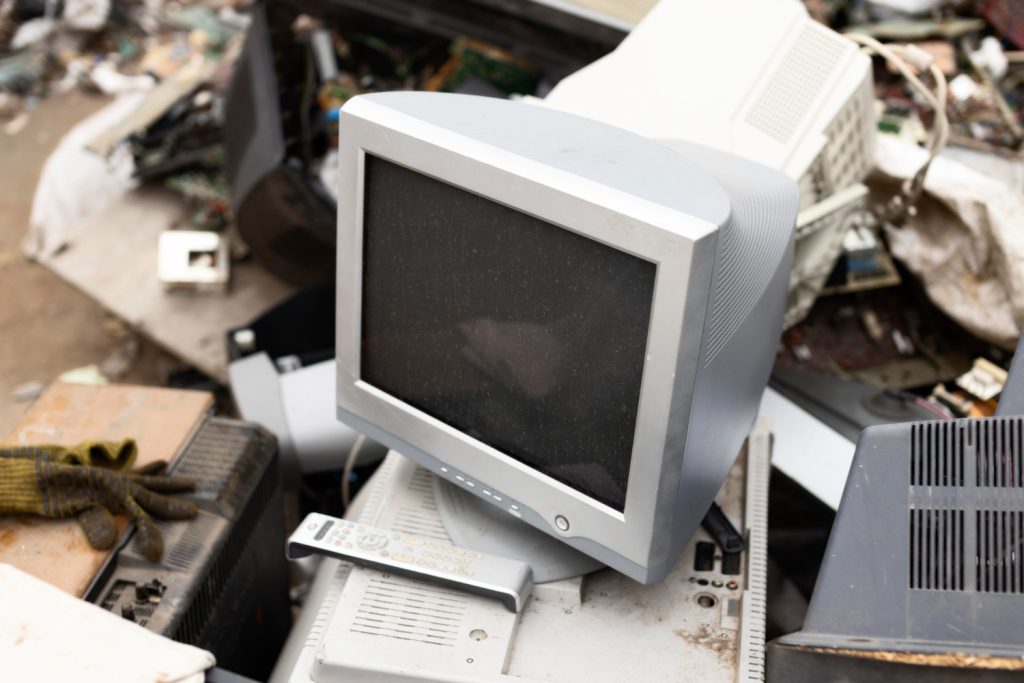Electronic devices have become an integral part of our daily lives, but their disposal has become a growing concern for the environment. The improper disposal of electronic waste or eWaste can lead to severe environmental and health risks due to the hazardous materials used in their manufacturing. Recycling eWaste can reduce the amount of waste in landfills, conserve natural resources, and promote sustainable development.
However, several barriers prevent effective eWaste recycling, including inadequate infrastructure, lack of awareness and education, inadequate policy and regulation, and inadequate funding. In this blog, we will explore the top barriers to eWaste recycling and the potential solutions to address them. By understanding these challenges and finding innovative solutions, we can pave the way towards a more sustainable future. So, let’s dive in and explore the top solutions to overcome the barriers to eWaste recycling.
Top Barriers to Recycling eWaste
When it comes to recycling eWaste, there are a number of barriers that can prevent individuals and businesses from properly disposing of their electronic devices. Here are some of the top barriers to recycling eWaste, as well as some solutions to help overcome them:
Lack of awareness: One of the main barriers to recycling eWaste is lack of awareness about proper disposal methods. Many people are unaware that there are specific ways to recycle electronic devices, and as a result, they simply throw them away with regular garbage.
Cost: Another barrier to recycling eWaste is the cost associated with proper disposal. Many recycling centres charge fees for electronics drop-off, which can deter people from recycling their devices.
Limited options: In some areas, there may be limited options for recycling eWaste due to a lack of specialised facilities or programs. This can make it difficult for people to find a convenient way to recycle their electronics.
Hazardous materials: Some electronic devices contain hazardous materials that require special handling during disposal. This can be another barrier to recycling eWaste, as many people are not aware of the dangers associated with certain chemicals in electronics.
Data security: Finally, data security concerns can also be a barrier to recycling eWaste. Many people are hesitant to recycle their old computers or phones because they fear their personal data may be compromised in the process.
Solutions to Recycling eWaste
There are many ways to recycle eWaste, but some of the most common solutions include:
-Sending it back to the manufacturer: Many manufacturers have programs in place to recycle old electronics. Some will even take back products that they didn’t originally sell.
-Donating it to charity: There are a number of charities that accept donations of used electronics. These items can then be refurbished and sold or given to those in need.
-Selling it online: A number of websites and online marketplaces specialise in buying and selling used electronics. This can be a great way to get rid of old devices while making some extra money.
-Recycling it yourself: While this option takes a bit more work, it is possible to recycle many types of electronic waste at home. There are a number of detailed guides available online that can walk you through the process.
How You Can Help Recycle eWaste
Recycling eWaste can be a daunting task, but there are ways that you can help to make it easier. One way is to simply recycle your own electronic waste. This can be done by taking it to a local recycling centre or by mailing it in to a national recycling program.
Another way to help with the recycling of eWaste is to donate old or unused electronics to charity organisations or schools. These organisations often have programs in place to ensure that the donated items are properly recycled.
You can also help by spreading the word about the importance of recycling eWaste. Many people are unaware of the environmental impact of throwing away electronic waste, and so they may not realise how important it is to recycle it. You can raise awareness by talking to friends and family about the issue, or by writing articles or blog posts about it.
Whatever way you choose to help, your efforts will be greatly appreciated and will make a difference in the fight against electronic waste.
Long Story Short
Electronic waste is a significant environmental concern, and its proper disposal is crucial for promoting sustainable development. Recycling eWaste can significantly reduce the environmental impact of electronic devices and preserve natural resources.
To overcome the barriers, it is essential to establish an effective eWaste management system that involves all stakeholders, including consumers, manufacturers, government agencies, and recyclers. By investing in eWaste management infrastructure, creating awareness and education campaigns, enacting and enforcing eWaste recycling policies and regulations, and providing financial incentives for recycling eWaste, we can promote sustainable development and create a more efficient and effective eWaste management system. Overall, addressing the barriers to eWaste recycling requires collective efforts from all stakeholders. With innovative solutions and a commitment to sustainability, we can create a greener future for generations to come.
At Namo, we are committed to providing safe and responsible eWaste recycling services. We understand the barriers that individuals and organisations face when it comes to eWaste disposal, and we offer solutions to overcome them. Our experienced team follows industry best practices and is certified by reputable organisations to ensure that your devices are disposed of safely and efficiently.
If you’re looking for a reliable eWaste recycling service provider, look no further than Namo. Schedule a pickup call today and let us help you take the first step towards a greener, more sustainable future!


